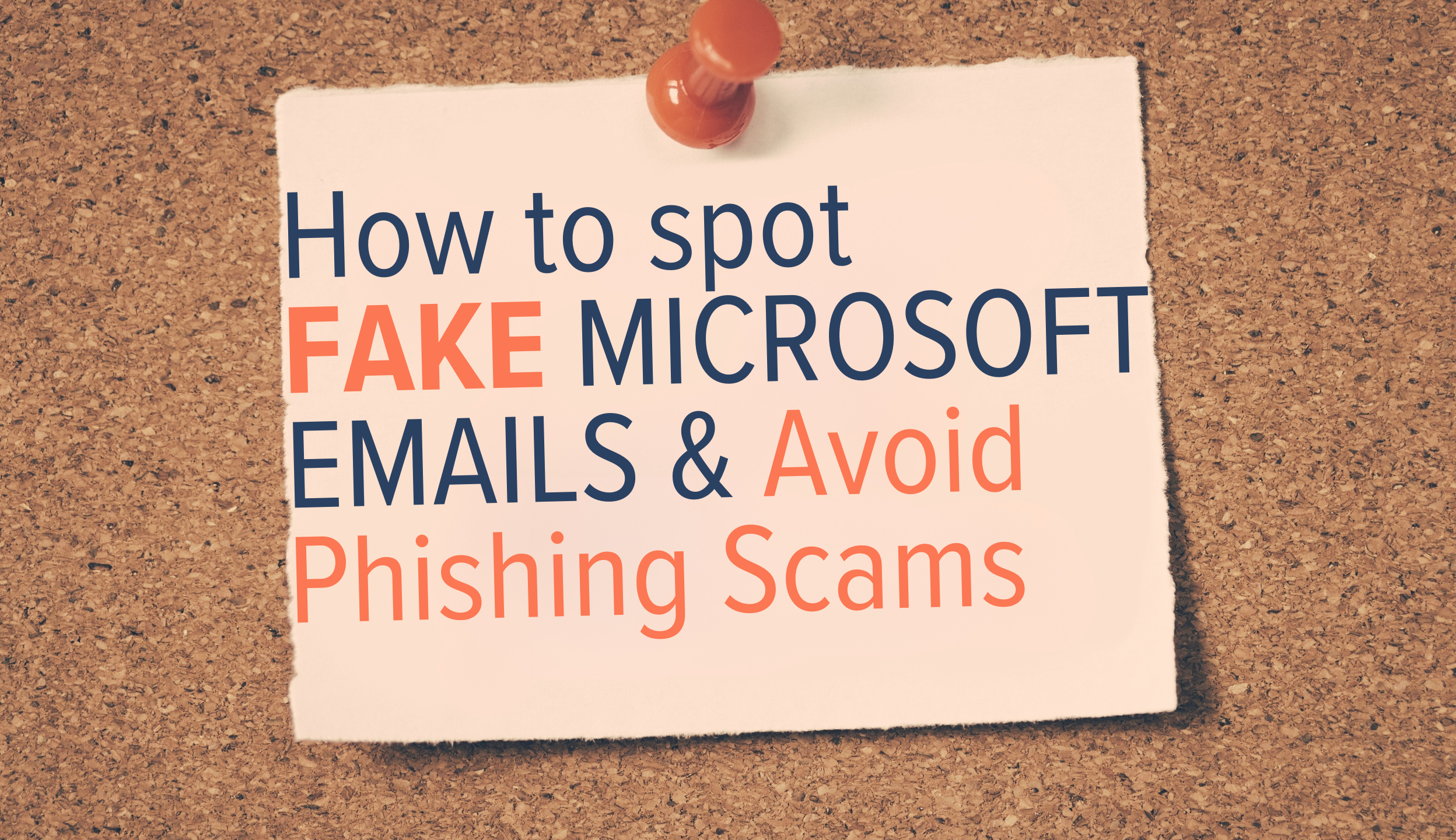How to Spot Fake Microsoft Emails and Avoid Phishing Scams
You’ve just received another email from Microsoft—but this one says you need to take urgent action to secure your account.
Before you click that link or enter any sensitive information, pause.
Is it really from Microsoft… or could it be a phishing attack in disguise?
Why Your Team Needs to Be Extra Cautious
Microsoft is a household name—widely used, trusted, and unfortunately, a favorite target for scammers. In fact, over a third of all brand-based phishing scams in early 2025 impersonated Microsoft.
Tech giants like Google and Apple weren’t far behind. These three alone made up more than half of global phishing attempts. That’s a staggering trend—and a direct threat to your organization’s cybersecurity.
Phishing attacks are evolving. What used to be obvious spam is now highly polished and convincing.
What Exactly Is Phishing?
Phishing is a cybercrime where attackers pose as reputable companies—like Microsoft—to trick you into:
Clicking on malicious links
Downloading dangerous attachments
Sharing login credentials or payment details
Once you fall for it, the damage can be severe: stolen data, compromised systems, financial loss, and significant downtime for your business.
Here’s How Scammers Make It Look Legit
Modern phishing emails can look very real. Cybercriminals now:
Copy real branding and logos
Mimic legitimate email layouts
Use fake but believable sender addresses like
support@micros0ft.comSet up cloned websites to collect your data
These tactics are designed to trick even careful users.
Recently, even Mastercard phishing sites have been discovered—fooling users into entering full card details. These aren’t one-off attacks. They’re part of a larger, growing trend.
Red Flags: How to Spot a Fake Microsoft Email
To protect your business, train your team to recognize the warning signs:
✅ Urgency tactics like “Click now or lose access”
✅ Misspelled sender domains (e.g., micros0ft.com)
✅ Unusual links or attachments
✅ Generic greetings instead of personalized messages
✅ Unexpected requests for personal or login info
When in doubt, don’t click. Open your browser and visit the company’s official site directly. Taking an extra moment could save you from weeks of cleanup.
Smart Ways to Stay Protected
Phishing scams aren’t going away—they’re getting more sophisticated. But you can stay ahead by:
🔐 Enabling multi-factor authentication (MFA)
🛡️ Using up-to-date cybersecurity tools and email filters
🎓 Educating your team with ongoing security awareness training
Protect Your Business—Stay Alert, Stay Secure
Remember: The more recognizable the brand, the more likely it is to be impersonated. Microsoft may be the sender… but look closer—it could be a trap.










